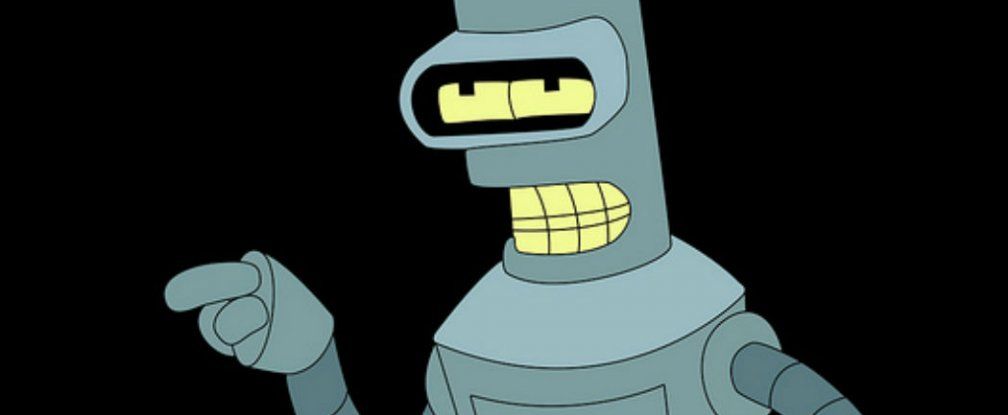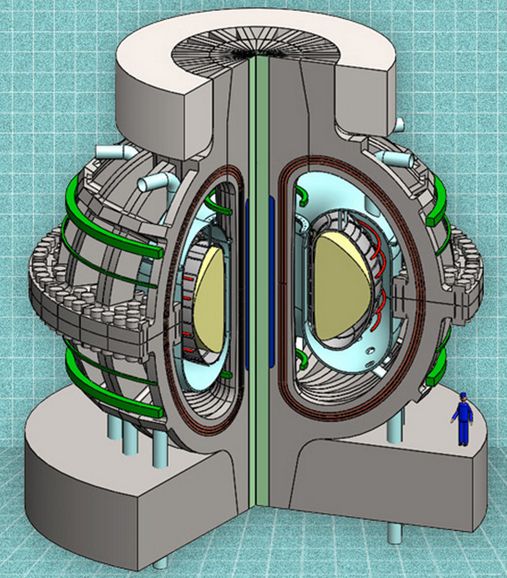Gone are the days when you have to sacrifice size for speed with an SSD drive in your laptop. At the Flash Memory Summit in California, Samsung just revealed a new 2.5-inch SSD drive with an incredible 16 terabytes of storage. It’s not only the world’s largest SSD—it’s actually now the world’s largest hard drive, period.
So how on Earth did Samsung pull off a such an incredible feat? Inside the PM1633a SSD you’ll find stacks and stacks of the company’s latest and greatest 256Gbit NAND flash dies, which are twice the capacity of the 128Gbit NAND flash dies currently in use. According to Ars Technica’s calculations, there should be somewhere around 480 to 500 of the dies inside Samsung’s new SSD. Which is even more impressive given it still fits inside a 2.5-inch housing, although it’s probably a lot taller than most.
The answer to the million dollar question about the new 16TB SSD—how much does it cost?—is thankfully not a million dollars. However, the first units will probably sell in the range of $5,000 to $7,000 and will be targeted for use in servers and other enterprise applications. But over time, as with all technology, the massive SSDs will certainly drop in price and trickle down to consumers—just in time for our storage demands spiking thanks to 4K movie downloads.









